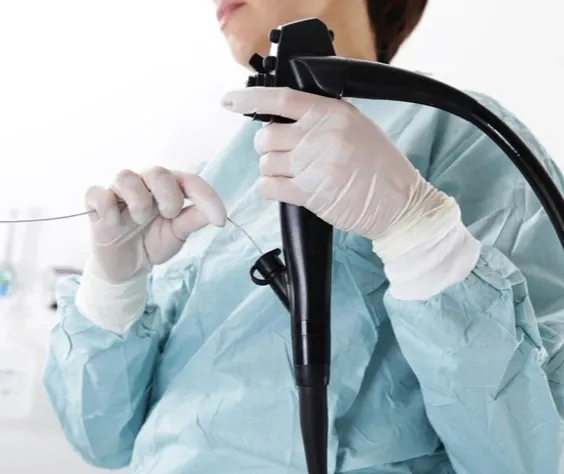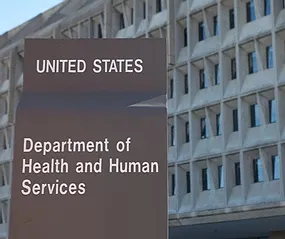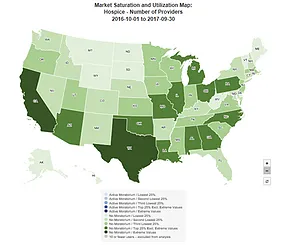Whistleblower Suit Spotlights Standards of Care and Time Element for Physician Services
Darcy Devine • October 17, 2017

When it comes to determining fair market value compensation for physicians, the time element related to physician services should be considered. For most physician procedures, there is a standard of care that requires the rendering physician to spend a certain amount of time performing the service. While highly productive physicians are greatly appreciated, physicians should not be incentivized to see too many patients in too short of a time frame. Physicians serving too many patients per unit of time may be providing (perceived or real) substandard care.
Last week, the U.S. Department of Justice announced a nearly $1.6 million settlement related to alleged upcoding and substandard care at an endoscopy center in Houston (link). The whistleblower, an endoscopic nurse serving as the center’s clinical director, felt surgeons at the center were shortchanging patients and insurers by not taking enough time to perform the complete colonoscopies for which they were billed. According to the complaint, colonoscopies include an insertion and a withdrawal phase – the first takes approximately 8 minutes and the latter takes at least 6 minutes or longer to properly perform. The nurse performed her own time studies and found that out of the 74 cases she studied, 60 had withdrawal times of less than 6 minutes. Moreover, she found that 31 of the 74 cases had withdrawal times of less than 2 minutes. Patient files also lacked physician notation and photo-documentation that the physicians had gone far enough to reach the required landmarks – and there was no proof that the physicians had performed the examinations necessary to observe lesions, polyps, and (possible) cancer. The nurse also complained that the physicians did not take time between patients and procedures to change their soiled operating gowns or wash their hands, which can be extremely dangerous. Furthermore, rooms and equipment were not being cleaned and disinfected properly between the 30 to 40 patients being seen per day. The nurse felt that the substandard care made the procedures performed at the center either worthless or, at best, of diminished value – and felt they should not have been reimbursed by Medicare.
There are several resources that employers and consultants can use to study physician throughput, and help ensure ample time is being spent on procedures. For example, Centers for Medicare & Medicaid Services
(CMS) publishes physician time estimates for each medical procedure reimbursed under the Medicare Physician Fee Schedule. The 2017 estimates can be found on the CMS website. Additionally, the National Ambulatory Medical Care Survey
(NAMCS) provides statistics on time spent with physicians in ambulatory settings, by physician specialty. And, the National Hospital Ambulatory Medical Care Survey
(NHAMCS) provides statistics on average surgical duration for selected procedures. (Per NHAMCS data, the average surgical time for a colonoscopy is 14 minutes.)

CON Laws, Scope of Practice Restrictions, and Provider Non-Compete Clauses Targeted in New Trump Adm
On Monday, December 3, 2018, the Department of Health and Human Services (HHS) – in collaboration with the Departments of the Treasury and Labor, the Federal Trade Commission, and several offices within the White House – released a report detailing recommendations for improving choice and competition in the healthcare industry.











